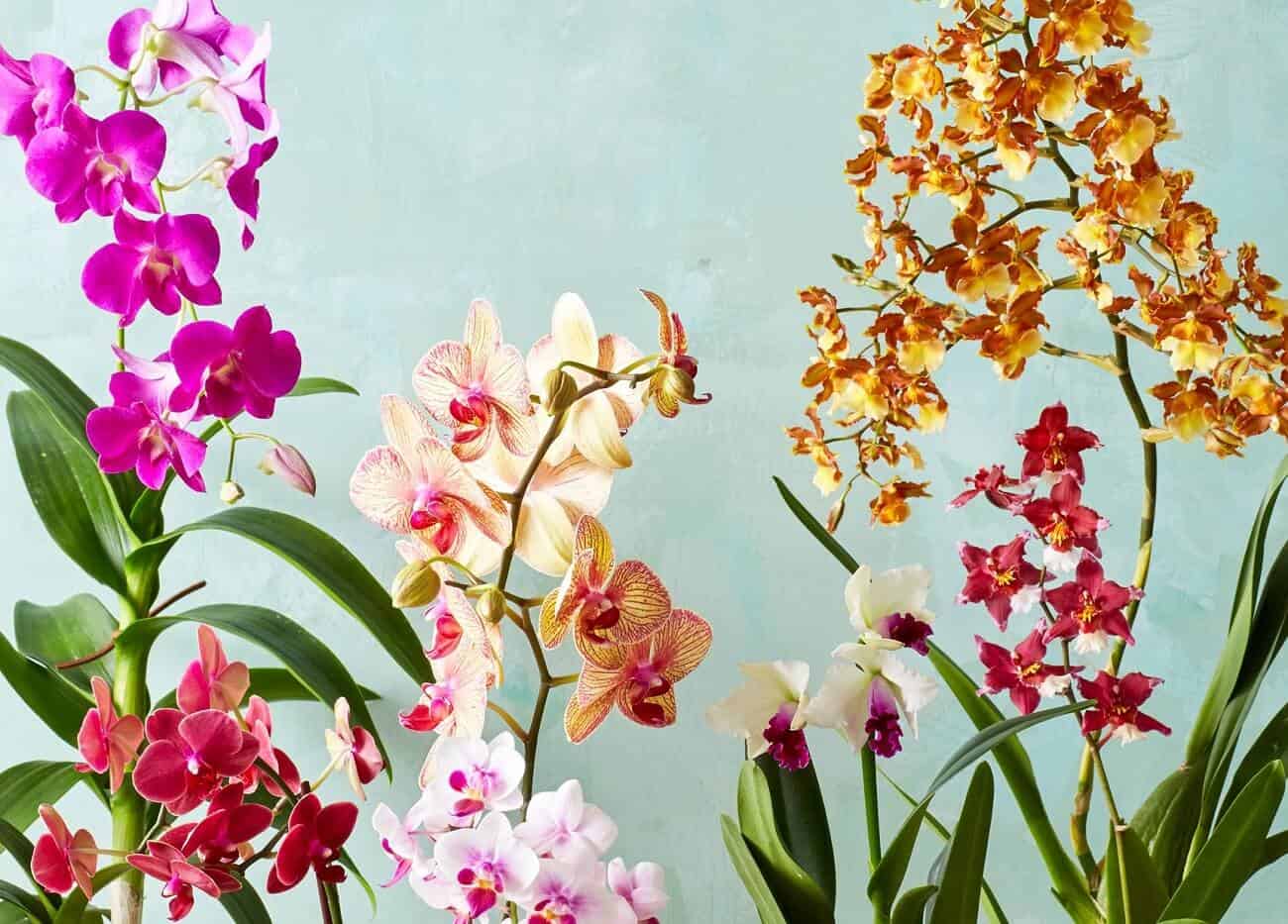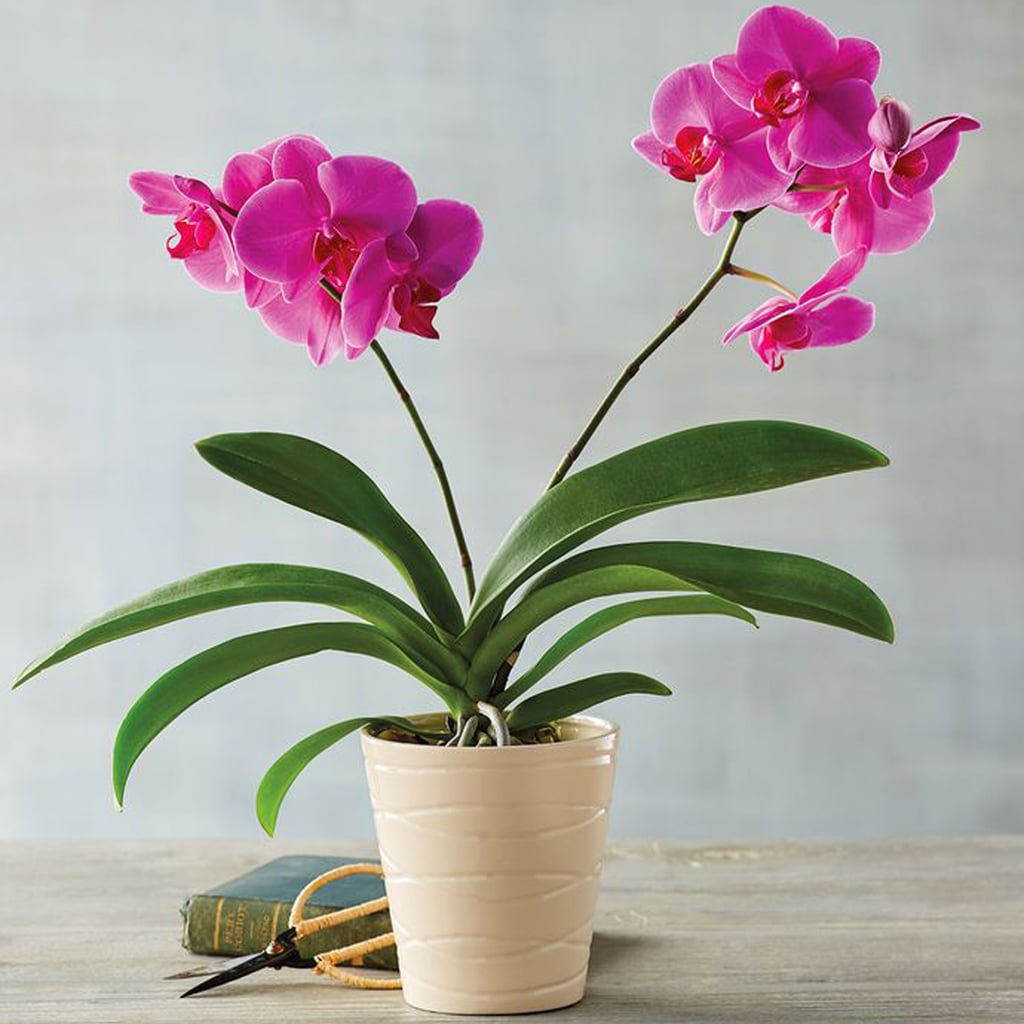Flowering Indoor Plants: A Practical Guide to Growing and Thriving

If you’ve ever felt the sting of a withered bud on a plant that promised perpetual blooms, you’re in good company. After three decades of trial-and-error (plus more than a few “what if I try THIS?” moments), I can tell you: successful indoor flowering isn’t about collecting Instagram-worthy leaves. It’s about understanding your home as an ecosystem—and the surprisingly specific needs each plant brings with it.

Let’s cut through the Pinterest-perfect tips and get into the dirt with what actually works, what fails, and why most advice misses those daily realities only seasoned growers talk about after hours at plant swaps. This is my practical masterclass on indoor bloomers—no fluff, just hard-won know-how.
1. Why Bother With Indoor Flowering Plants? (The Real Payoff)
You might expect me to talk about air purification or interior design—but honestly, those are bonuses. The core reason people come back to flowering houseplants year after year? Hope and surprise.
My oldest African violet has outlived two apartments, one job change, and even my first dog. Each time it throws up new buds in January—when sunlight is scarce and spirits are lower—I’m reminded why these plants earn their keep: they offer proof that life finds a way indoors, in winter gloom or summer heat alike.
Beyond Aesthetics
- Mood anchor: On rough days, seeing color where there should be gray does something for your brain.
- Tactile reward: The feel of petal against fingertip; the mild scent wafting unexpectedly when you pass.
- Ritual: Watering blooms becomes grounding—a small act of care with visible payoff.
But here’s what trips up newcomers: not all species will adapt to your space. I learned this the hard way cycling through five dead gardenias before realizing my apartment’s air was bone-dry every December.
2. Choosing Winners: Lessons From Years of Plant Roulette
It took me ages—and more cash than I’d like to admit—to filter hype from hardy reality when it comes to reliable indoor bloomers. Forget the trending “must-haves” for now; start with species that have survived generations on windowsills globally.
My Go-to Survivors (and Why They Make the Cut)
1. African Violet (Saintpaulia)
- Why it lasts: Will flower almost non-stop if roots stay warm and leaves dry.
- Unexpected tip: My best results came from using old yogurt containers as bottom-watering trays—fancy self-watering pots aren’t necessary.
- Early mistake: Overhead watering left fuzzy leaf spots; bottom watering solved this instantly.
2. Peace Lily (Spathiphyllum)
- Why it endures: It droops dramatically when thirsty but perks up within hours—an ideal “reminder” plant.
- Advanced move: In low light winters, mine responded better to monthly leaf misting than extra fertilizer.
- Warning: Those white flowers aren’t true petals but modified leaves (“spathes”); don’t panic if some green over time—it’s normal indoors!
3. Phalaenopsis Orchid
- What nobody tells you: Most store-bought orchids are already mature—don’t expect baby plants from seed to bloom for years without specialized setup.
- Key trick learned in ‘19: After experimenting with ice cube watering (bad idea), I switched to soaking roots for 10 minutes every 10 days—flowers lasted twice as long.
4. Kalanchoe
- Underrated feature: These tough succulents will forgive weeks of neglect (I once forgot mine for three during finals season).
- Photoperiod hack: For forced reblooming, tuck them into a closet by 7pm nightly for six weeks in autumn—they’ll reward you by spring.
Other Notables If You Want To Branch Out
- Anthurium: Great if you keep humidity high—I use a bathroom shelf above the shower.
- Streptocarpus: Propagates easily from leaf cuttings; my friend swears by theirs on north-facing mantles.
Pets & Kids Check
Don’t trust random lists—always double-check toxicity on ASPCA's database. My cats graze on spiderplants but never touch my orchids or violets.
3. Creating Conditions That Actually Work At Home
Most guides gloss over how wildly different apartments can be—a lesson hammered home during one sublet where every window faced an alleyway fire escape.
How I Assess Spaces Now:
- Snap photos at key times: sunrise, noon, sunset—compare shadow sharpness near plant perches.
- Feel window sills midwinter and midsummer; drastic cold or heat swings kill buds fast.
- Run a $15 digital hygrometer next to plants for a week—most homes dip below ideal humidity without us noticing.
Matching Plants To Homes
| Condition | Best Bet | Rookie Disaster Waiting |
|---|---|---|
| Dry heat | Kalanchoe | Gardenia |
| Shaded corners | Peace Lily | Bougainvillea |
| Drafty windows | African Violet | Jasmine |
Lighting Reality:
In nearly every apartment I’ve lived in since college—the best spot wasn’t near the biggest window but opposite a white wall bouncing indirect light back at the plants (especially useful come February).
Humidity Boosts That Actually Stick:
Pebble trays dry out fast unless refilled daily—I set mine inside larger plastic saucers so overflow doesn’t soak wood furniture. In winter, grouping pots together creates mini-climates that bump humidity by ~10%.
Fertilizing Wisdom:
Less is always more until proven otherwise! Early days I burned dozens of roots thinking “more food = faster blooms.” Now? Half-strength liquid feed once a month March–August max unless active growth says otherwise.
4. Your First Flowering Plant: An Authentic Step-by-Step
This is how I’d walk any friend through starting today:
Step One: Scout your light honestly—not aspirationally! Set your phone timer for morning/noon/night walk-arounds and see which ledges/counters get actual brightness throughout the day.
Step Two: Buy mature plants already budding—the satisfaction curve is much steeper while learning watering/fertilizing ropes versus waiting months for tiny starts to catch up.
Step Three: Use ONLY pots with drainage holes—even if it means drilling your own into decorative ceramic planters (I’ve cracked several learning this).
Step Four: Water smartly:
- For violets/orchids: Bottom soak weekly or biweekly depending on topsoil dryness
- For kalanchoe/peace lily: Let top inch dry before rewatering; peace lily will tell you itself when thirsty
Step Five: Remove spent flowers immediately—I use small embroidery scissors rinsed between plants after losing an entire tray once to fungus gnats spread by shared tools.
5. Mistakes You’ll Thank Yourself For Avoiding
I wish someone had warned me:
Overwatering Is Sneakier Than You Think
The worst rot isn’t always obvious right away—it creeps upward from roots while leaves look fine until suddenly collapsing overnight (“the Sunday wilt,” as we call it). Buy a basic moisture meter or simply check soil by poking deep near pot edges—not just surface dryness!
Light Mismatch Saps Joy Fast
If stems stretch awkwardly or new growth pales despite feeding—it’s likely light-starved rather than nutrient-deficient. Rotate pots weekly if sun angles shift seasonally; don’t be afraid to shuffle arrangements twice yearly as daylight changes direction through windows.
Ignoring Dormancy Cues Means No Blooms Next Year
Some plants (kalanchoe especially) absolutely require short-day rest periods before reblooming—try placing them in dark closets nightly for six weeks each fall instead of relying solely on natural cycles indoors.

6. Advanced Tactics From Long-Time Growers’ Circles
After years swapping stories at local horticulture clubs (and witnessing some wild setups), these are tricks even intermediate hobbyists overlook:
Grow Lights Aren’t Just Hype
Skip overpriced systems—instead pick up full-spectrum clamp lights ($30–$50) and set at least 12" above foliage for ~14 hours/day when natural daylight fades midwinter or in office settings with zero windows.
Humidity Hacking Without Big Appliances
Place open-top glass vases filled with water among grouped pots—the evaporative surface area quietly raises local RH% more effectively than pebble trays alone (a tip borrowed from an old New England grower who kept ferns alive all winter without power-hungry humidifiers).
Photoperiod Shortcuts For Reluctant Bloomers
For photoperiod-sensitive species like kalanchoe or Christmas cactus:
“Blackout boxes”—simply cardboard box covers at night—work wonders if moving large planters nightly isn’t practical during fall reset cycles.
Propagation Pays Off During Winter Lulls
When outside is bleakest—I take leaf cuttings from African violets/strepocarpus under plastic domes atop radiators (watch temps!) so new babies root while outdoor gardening hibernates.
7. Don’t Waste Money On Gimmicks: The Essential Toolkit
Over decades—and countless regrettable purchases—I’ve boiled gear down to this:
- Narrow-spout watering can — avoids splashing foliage
- Dedicated snips/scissors — disinfect regularly!
- Simple digital hygrometer/thermometer combo
- Clamp-on LED grow light (~6000K color temperature)
- Bags of coarse perlite & peat moss
Skip:
– Decorative misters (unless you enjoy daily ritual)
– “Magic” fertilizers promising instant blooms
Mix Recommendations By Experience
| Plant | My Go-To Soil Mix |
|---|---|
| African Violet | Equal parts peat/perlite/vermiculite |
| Peace Lily | Peat-based mix + handful coarse perlite |
| Orchid | Chunky bark + bit sphagnum moss |
| Kalanchoe | Cactus/succulent blend + extra sand |
8. Case Studies From Friends & Fails
Nothing beats real-life context:
Lisa’s Windowless Office Fix
After months trying snake plants and pothos under flickering fluorescents—with zero flowers—I suggested she invest $35 in an IKEA clamp grow lamp plus two mature African violets from our local club sale table (“buy established,” I insisted). She now gets regular blossoms despite zero ambient sunlight…and her coworkers started copying her setup within weeks!
Brian vs Radiator Dryness
Brian nearly gave up after his third failed gardenia drop—all lost buds within days each December due to forced air heating dropping room RH below 25%. My advice? Large glass bowls scattered around plant bases + small personal humidifier ran overnight only beside his bed = continuous fragrant blooms January through March last year (plus better sleep!).
Camille’s Pet-Tested Kitchen Jungle
Camille was heartbroken after her cat nibbled peace lilies—but found success clustering Phalaenopsis orchids along her kitchen window ledge above reach level plus trailing spiderplants beside safe succulents below (“nothing chewed since!”).
9. Troubleshooting Like A Seasoned Grower
Here’s how experienced hands solve issues quickly:
Drooping Leaves But Damp Soil?
Gently unpot and inspect roots:
– Mushy/brown = root rot → trim back hard, repot fresh mix
– White/fresh = possible shock/draft → relocate away from vents/windows immediately
Bud Drop Pre-Bloom?
Usually temperature swings or humidity crashes—move away from doors/exterior walls in winter OR cluster with other pots/trays as buffer zones
All Foliage No Flowers?
Cut nitrogen-heavy feeds entirely; switch to low-nitrogen/high-phosphorus formula briefly—or simply let plant rest naturally until next light cycle cues return
Five-Step Action Plan For Long-Term Success
- Start ONE easy bloomer that fits current conditions—not wishlist exotics;
- Always buy/make drainage-friendly pots;
- Automate reminders (“Check Soil!” Mondays);
- Join one online community now—you’ll need support later!
- Add second species/tools only after first thrives reliably—not because trends demand
Most importantly? Embrace small wins over perfect gardens—the joy comes not just from flowers but knowing exactly which tweak made them appear again next year.
Final Words From Someone Who Has Killed Hundreds Of Plants…And Still Loves Them All
Perfect houseplant care doesn’t exist—even pros lose favorites sometimes due to weather flukes or simple forgetfulness (“that time I went on vacation during July heat wave…”). Keep notes—even short ones—and revisit them yearly so patterns emerge over time (“hmm…March seems rough every year unless I…”).
Share successes AND failures freely; swap extras with friends/family so nobody loses everything after one bad luck streak; upgrade tools/lights only when evidence says they help YOUR space—not because marketing insists they will for everyone.
Bookmark this guide whenever uncertainty strikes—or reach out via your favorite forum/group anytime frustration hits.
Year-round indoor flowers aren’t magic—they’re simply persistence paired with observation…and knowing one stubborn bud usually leads the way.
Here’s wishing your next bloom lasts longer than expected—and teaches something new along the way!



